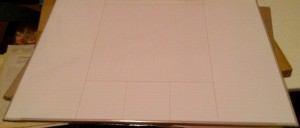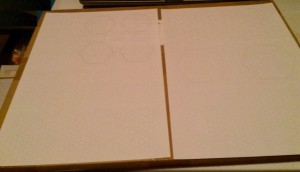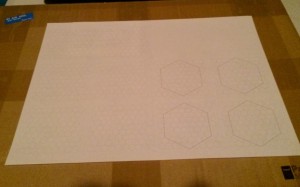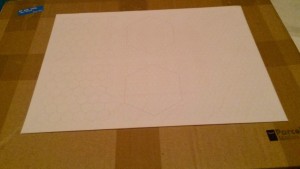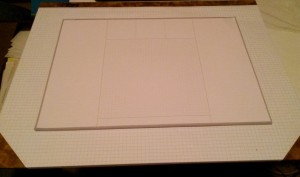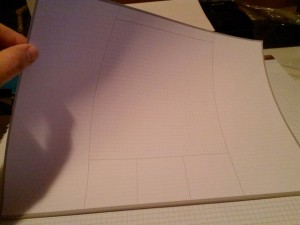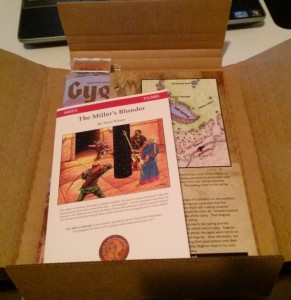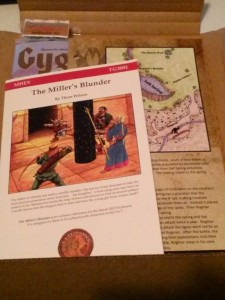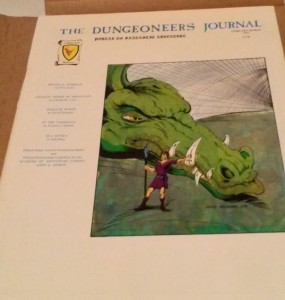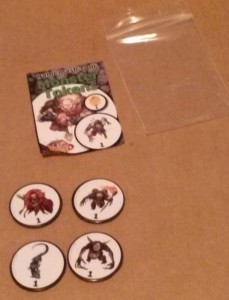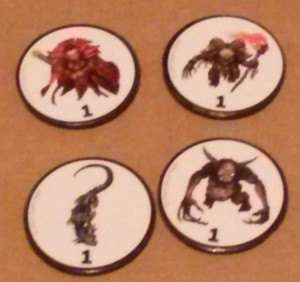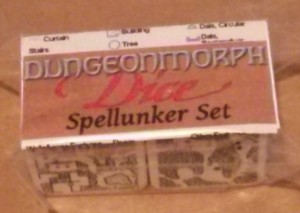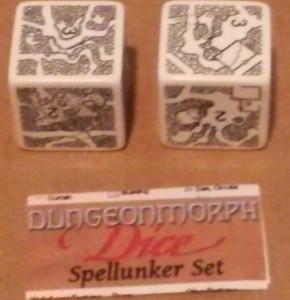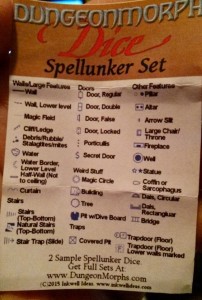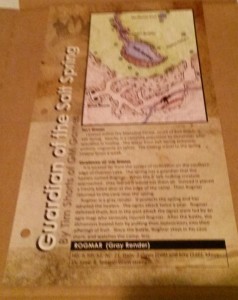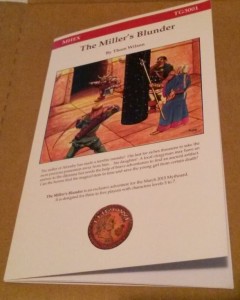O – Obelisks – Monuments to men/rulers/gods – Buildings, temples, statues, cairns, etc. can all be monuments.
What monuments, statues, and tombs exist for heroes, conquerors, rulers, gods, and deeds? For a fallen city how many of these are damaged and in ruin? Does it matter how they were damaged? Fire might only blacken them or also cause them to crack, or crumble. Earthquakes might only topple them, or make them unsteady.
Is a fallen city being re-occupied and any old stone being used as building materials, as happened to the Coliseum in Rome and to the pyramids in Egypt?
Can the players read the languages or interpret the images or scenes on monuments? For example, on Crete were discovered the Linear A and Linear B writing systems. Linear B proved to be an early form of Greek, but Linear A has yet to be deciphered.
Is there a decree or dedication written in multiple languages, like the Rosetta Stone, that might enable the right sage or character to decipher it without needing magic?
Obelisks, spires, stellae, arches, stones, are all examples. The stone can be worked or unworked. The worked stone can be roughly worked, smoothed, or polished.
Stones can have letters, symbols, or images that are carved in relief or engraved. Stone for monuments can be of a different type than other buildings, or the same type but of a different color; for example, black or white marble, or marble for monuments, and granite for mundane construction. Paints and dyes could be used to color or highlight certain parts, or add an extra flair.
Some monuments may have been damaged intentionally, such as when a successor ruler obliterates the name of a hated or maligned predecessor, or if a once hailed hero has fallen from grace.
Stone can be soft, medium, or hard.
Soft stone examples are chalk, soapstone, pumic, and tufa. They can be worked by almost anything, and chalk can be worked by fingernails.
Medium stone examples are marble and many limestones. Tufa, mentioned above is a type of limestone.
Hard stone examples are granite and basalt. They are difficult to carve with even iron and steel tools and tend to be used for building processes that don’t require much shaping, but there are exampled of granite monuments.
There are also other kinds of stone that might be used for other purposes, like stone tools made from flint or obsidian, a volcanic glass. Decorative items and inlays in stone can be made from any other type of stone, or even gems.
Some ideas for tables are assembled below.
Hardness
- Soft
- Medium
- Hard
Finish
- None
- Rough Cut
- Fine Cut – still has tool marks.
- Smooth – Tool marks removed.
- Polished – Smooth and perhaps shiny.
Carving
- None
- Relief
- Engraved
What is the Carving?
- Letters – Alphabetic with or without vowels/Heiroglyphs & other Ideograms/Other – see Writing Systems
- How many different languages?
- Symbols (Other than those in the writing system. For example, arrows to show direction, the writing system would use North, left, up, etc.)
- Animal Images
- Divine Images
- Human Images
- Demi-Human Images
- Humanoid Images
- Monster Images
- Combinations of the above.
Color Source/Decoration
- Natural from the stone.
- Painting
- Dyeing
- Inlays of other stones or gems.
Construction Quality
- Rough/Loosely Piled
- Rough with mortar (Mortar can be mud, clay, cement, concrete, or various mixtures to help hold the stones in place.)
- Passable (Good enough to get the job done but not pretty or neat. With or without mortar. If no mortar, could be roughly fitted stone.)
- Good (Most craftsmen are capable of this level of craftsmanship.)
- Master Quality (It is evident that a master mason had a personal hand in the work and direction of the work.)
- Dwarf Quality (Depending on your take, dwarves might just be better than other races at stone work and their average work is better than other races.)
- Master Dwarf Quality (An experienced and practiced dwarf stone mason, whose specialty is stone work.)
- Other (Divine guided/inspired, magical assistance, etc.)
Each table can be further complicated by including magic.
Magic
- Writing (Explosive runes, moon runes, etc.)
- Images (One or more of the images comes to life and steps out of the carving.)
- Construction (Wall of Stone or Mud to Rock used to create the stone, an enchantment on the stone other than writing or animated images.)








